Teen Pregnancy in Aotearoa New Zealand
A glimpse into the history, causes, and consequences of teen pregnancy in New Zealand
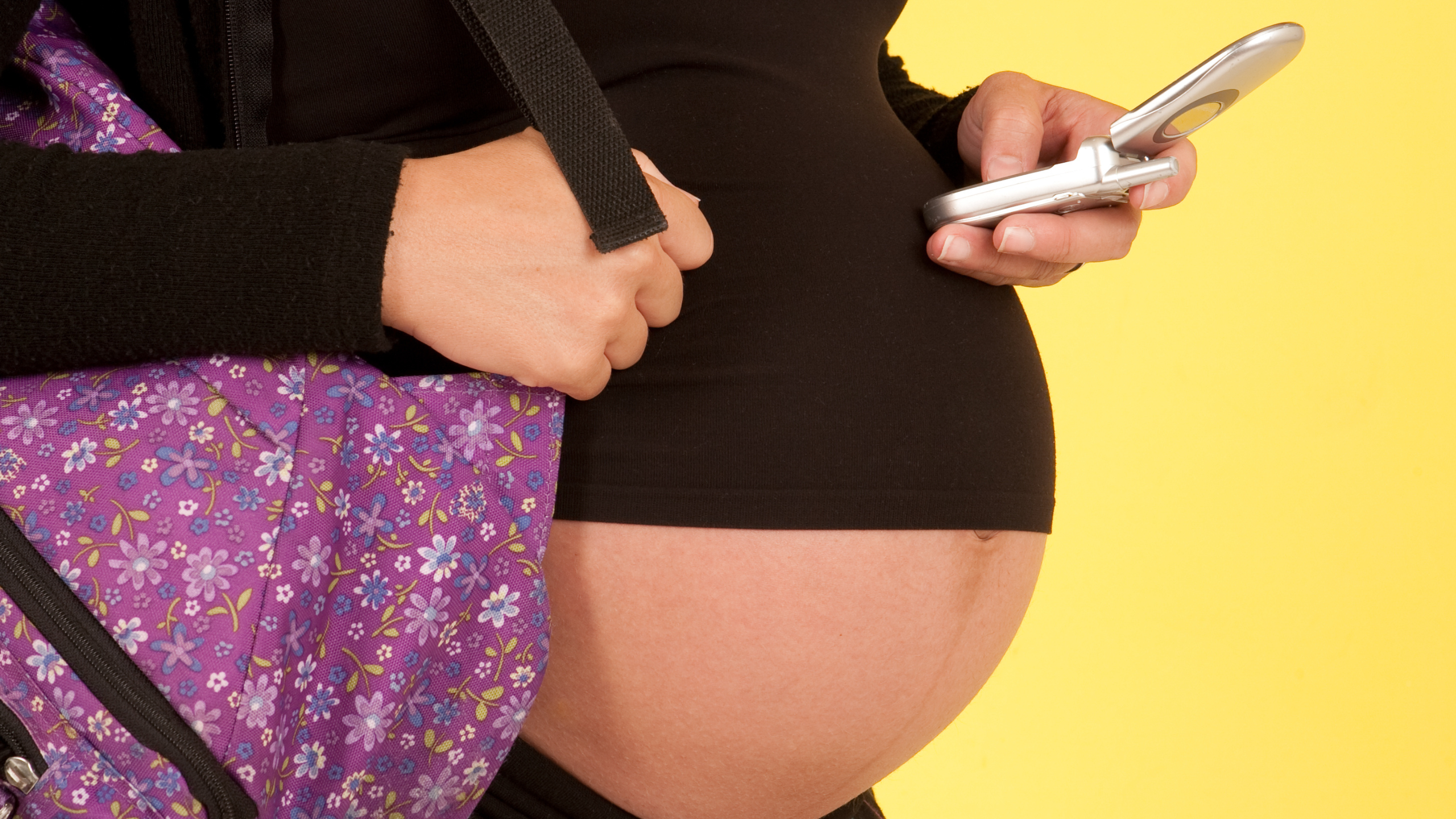
The History of Teen Pregnancy
Parliament debated the introduction of sex education in schools in 1910, but there was no coordinated program for a long time. Books, pamphlets, and lectures provided students with information outside of class hours.
In the early 1900s, sex education was often referred to as 'sex hygiene' and focused on sexual purity and marriage preparation. The practice of premarital sex and masturbation was viewed as reprehensible behaviour and a cause of mental illness among students. Whites and middle-class people were sometimes encouraged to marry within their class by using sex education in the context of ideas about 'race improvement' (Allen, L. 2018)
Te Ara reports a rise in teenage pregnancy rates during the 1960s. Premarital sex had become more liberal, but reliable contraception was not widely available. Nearly 7% of 15-19-year-old girls gave birth to a child in 1972. In the early 1970s, teen marriages were relatively common. Over that decade, teenage pregnancies declined rapidly due to the widespread use of the pill and other contraceptives. Under-16-year-olds were not permitted to be prescribed contraception until 1977. It was also illegal to discuss with under 16 years olds as it was ‘believed that giving young people information about sex would encourage them to try it at an earlier age’ (Walrond, C. 2017) .
While teenage pregnancy rates in New Zealand fell significantly in the 2010s, they remained high compared with most western countries.
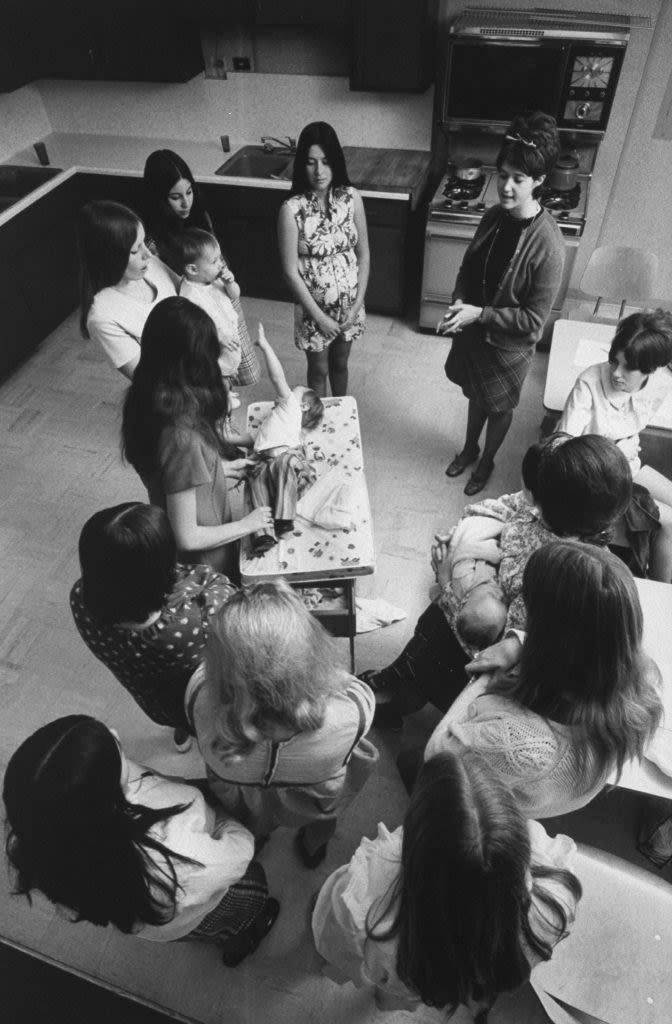
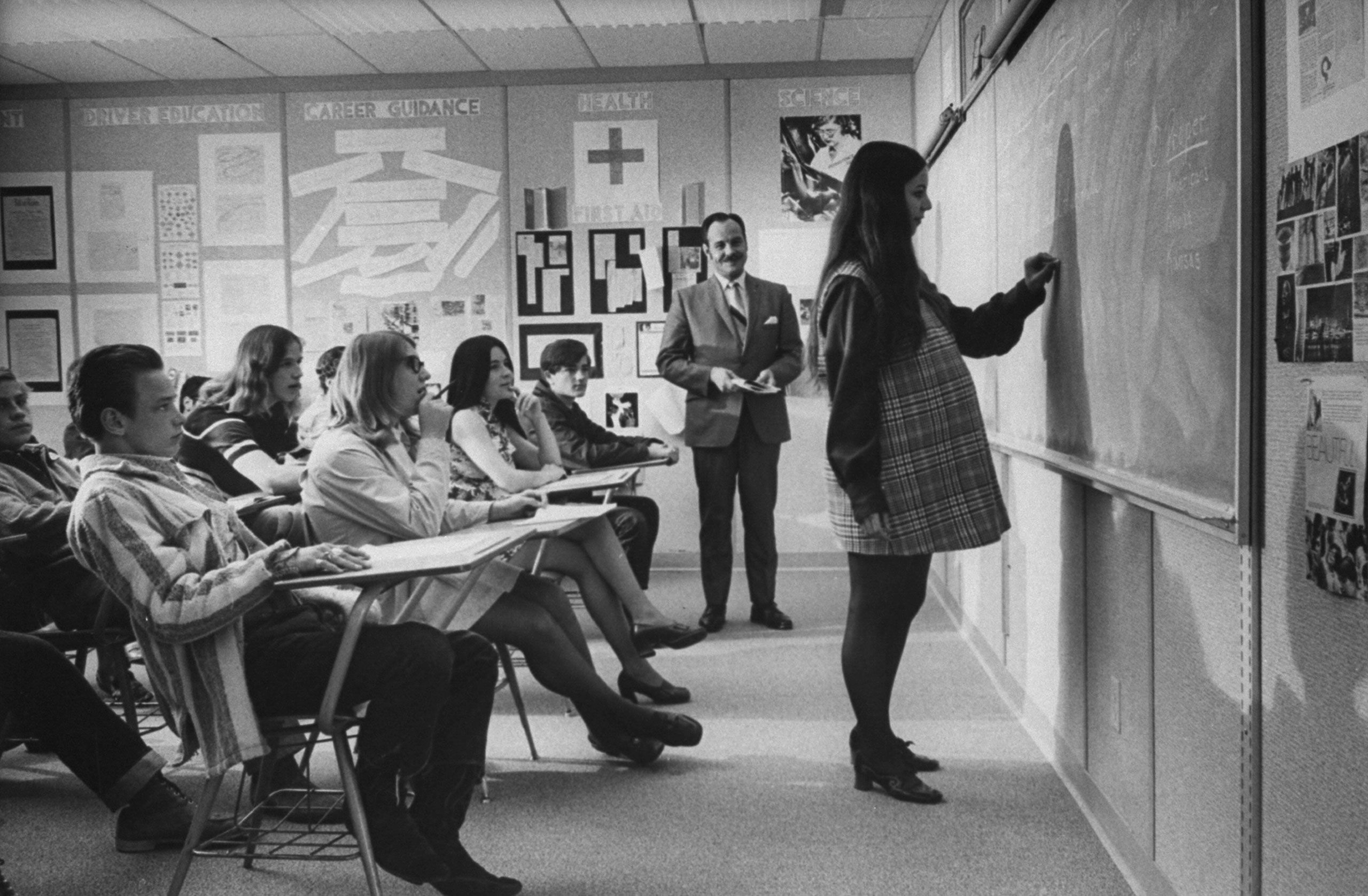
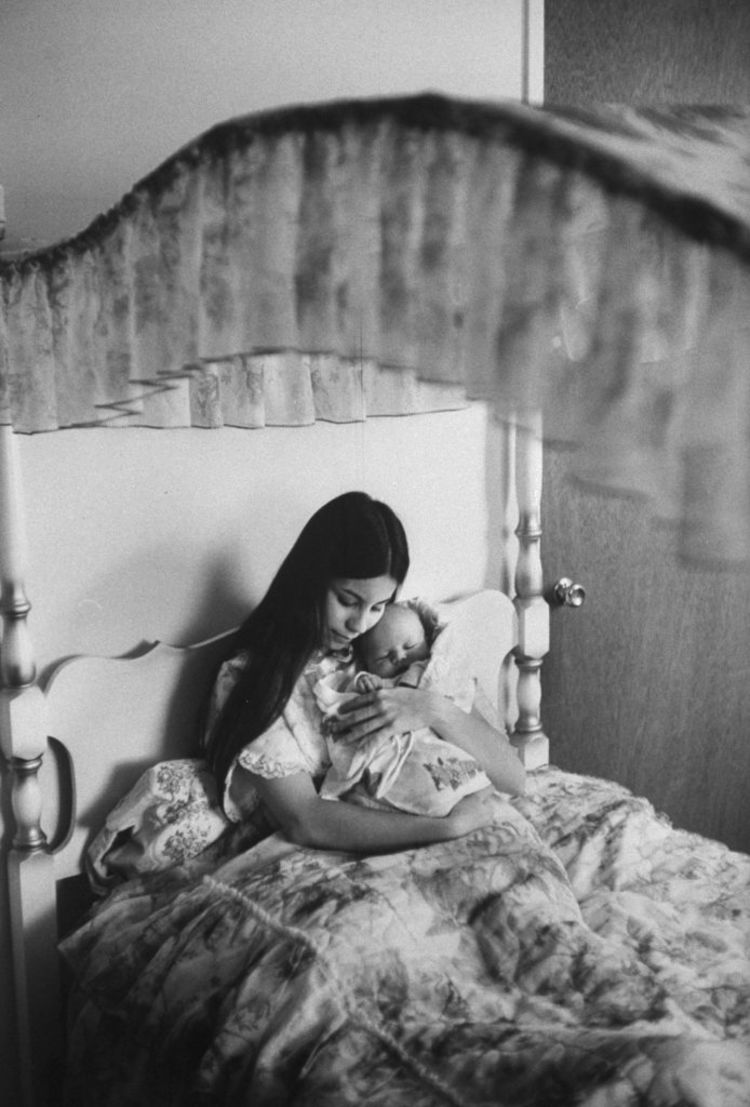
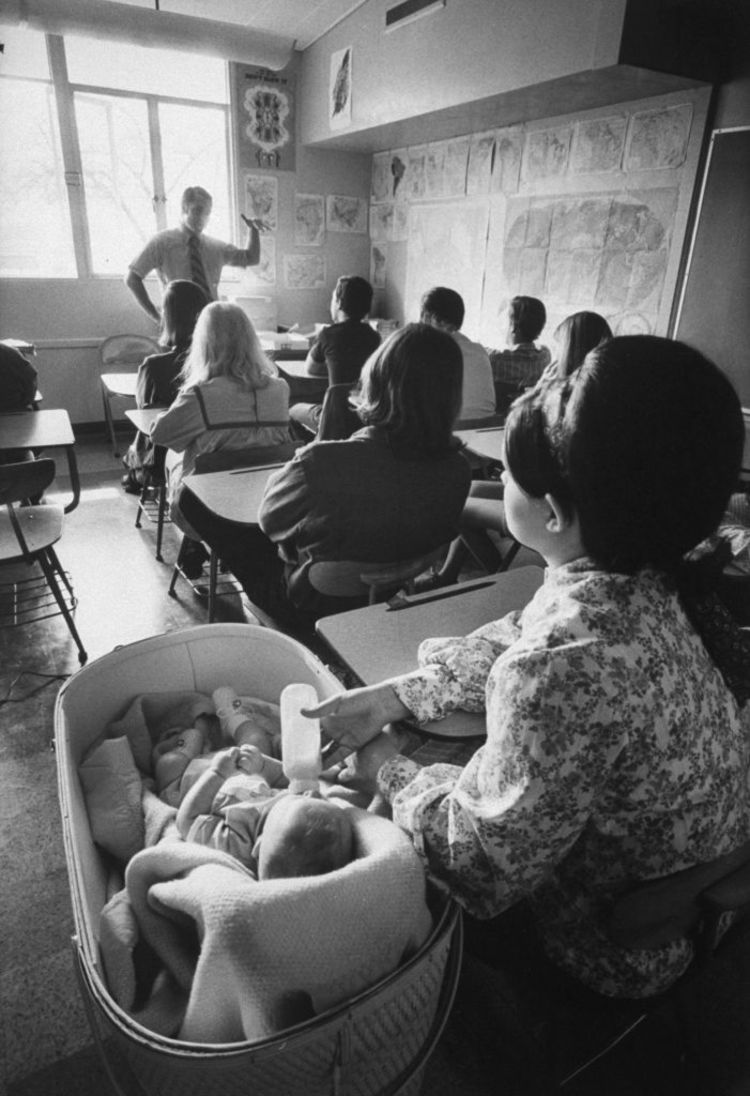
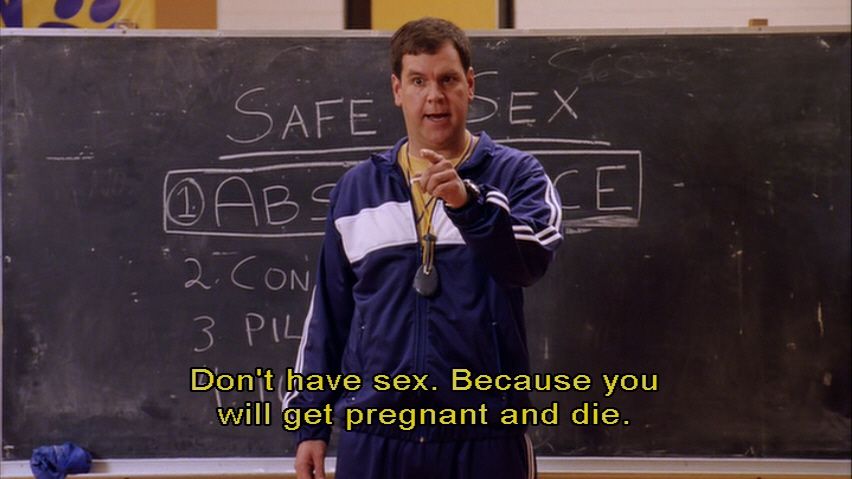
This image is from a sex education book from the mid-1950s. It ultimately depicts the environment of sex education at the time and can be used as a metaphor for sex education today - wherein boys and girls are mostly separated.
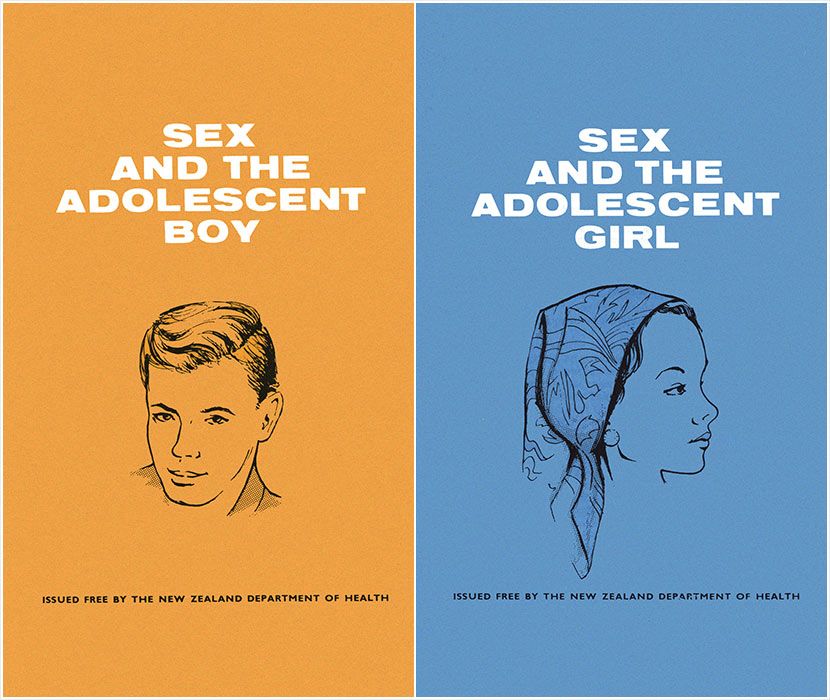
How about now...
Family Planning chief executive Jackie Edmond said there are now subsidies for some long-term contraception, however, knowledge about safe sex and contraception is also a barrier, caused by 'fragmented sex education in schools.'
"Sexuality is now part of the curriculum but it's still patchy, and we still can't talk about sex without it being controversial. New Zealand sees itself as liberal but in this area, we aren't as progressive in general."
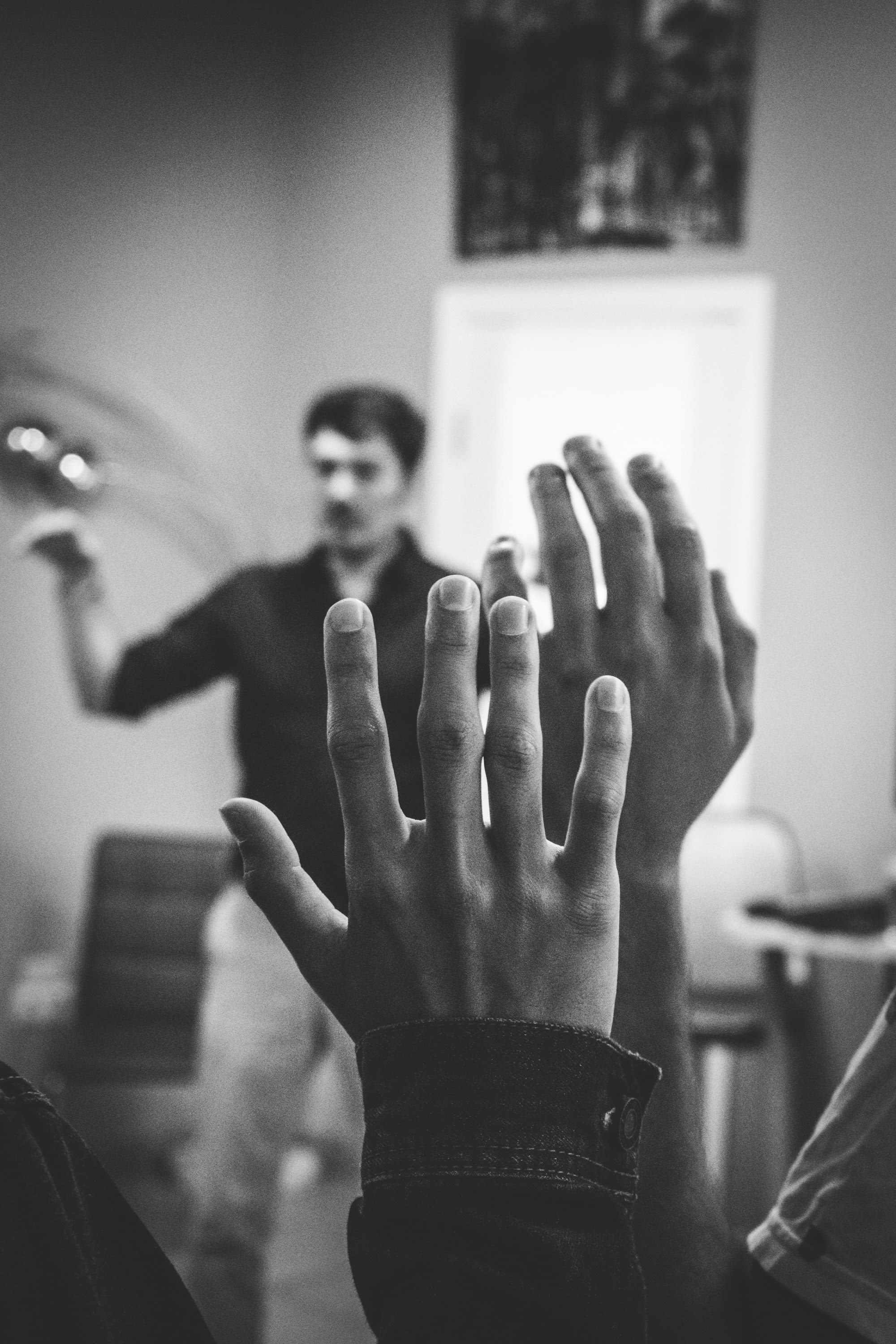
Photo by Artem Maltsev on Unsplash

Photo by Artem Maltsev on Unsplash

Photo by Artem Maltsev on Unsplash
How does teen pregnancy impact New Zealanders?
A 20-year longitudinal study of 533 New Zealand women showed the impacts of teen pregnancy on New Zealanders. The study found that an early transition to parenthood is associated with a range of negative aspects that impact the quality of life for both the mother and child. These negative aspects include fewer life opportunities and higher rates of psychosocial disadvantage, such as leaving school early, educational underachievement, prolonged welfare dependence, decreased marital opportunities, less competent and more punitive parenting, maternal depression, and greater exposure to partner violence. Children of teen parents also have a higher risk of developing behaviour disorders, learning difficulties, and addiction to drugs and alcohol.
Who are the most affected people by teen pregnancy?
Teen birth rates may be affected by social determinants of health, such as low education levels and low-income levels of a teen's family. There are certain settings where teens are more likely to become pregnant and give birth than others.
Most regions (except Northland) have seen a decrease in birth rates. The largest decreases have been reported in Wellington and Taranaki. Despite being higher than the national average, the Maori teen birth rate is decreasing.
Teenage abortion rates also declined between 2007 and 2013 as a result of a reduction in teen pregnancy. It is estimated that 3,546 teen women (aged 15-19) gave birth to babies in New Zealand in 2013. North Island provincial regions have higher rates of teenage births than other regions of New Zealand.
New Zealand is second only to the United States (in 2010) in terms of teenage birth rates in the developed world.
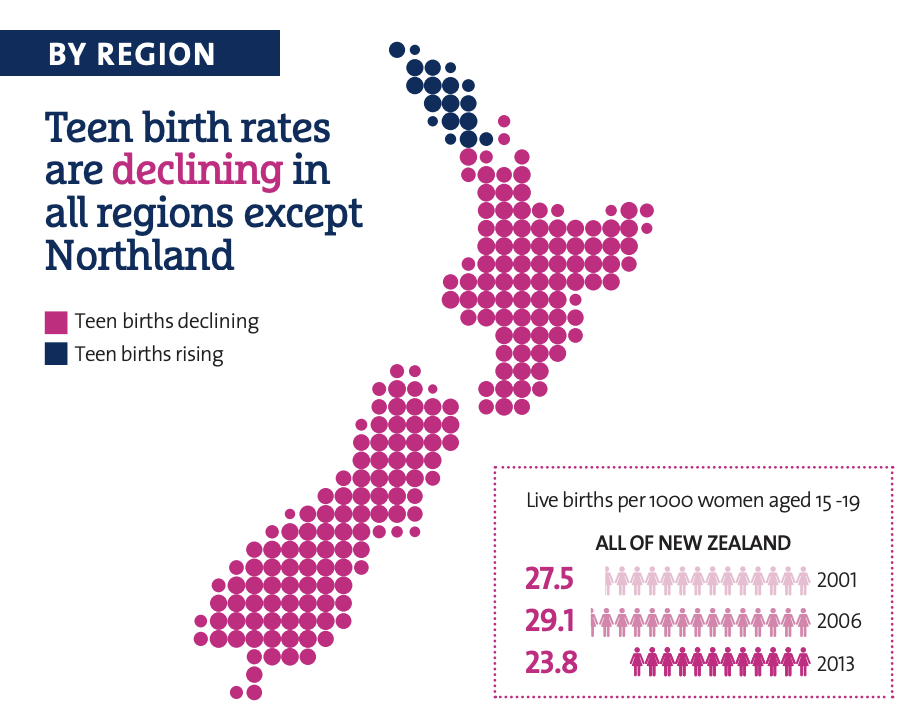
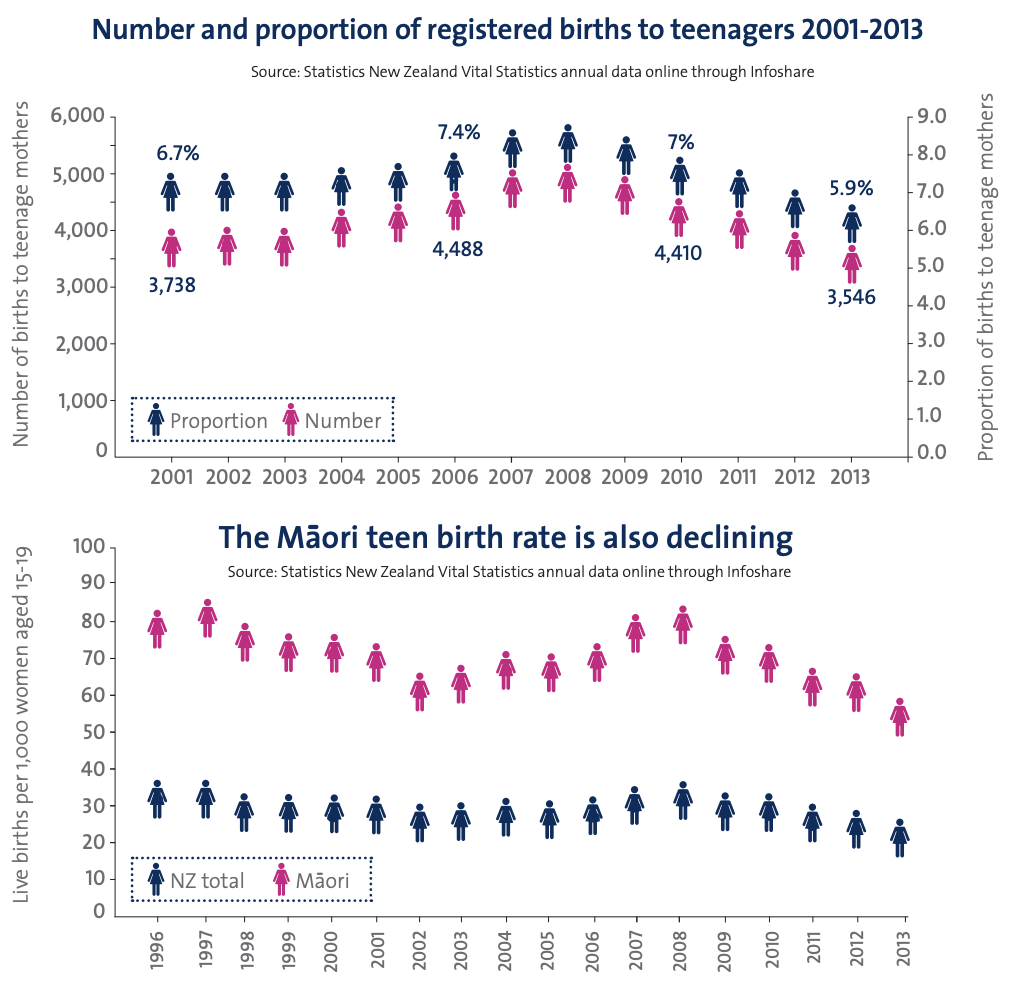
https://thehub.swa.govt.nz/assets/Uploads/Teen-births-fact-sheet.pdf
As of 2019, New Zealand's teen birth rates have declined but remain high when compared with other countries. The teen birth rate is particularly high amongst Māori and Pacific teens compared to all other ethnicities.
The stigma associated with teen pregnancy is immense in New Zealand. The NZ Herald reported that the Treasury, which advises the Government on economic and financial policy, called teen pregnancy a 'condition' caused by poor life choices. Furthermore, whenever NZ's high teen pregnancy rates are reported, it becomes a source of moral outrage. This adds to the harmful discourse that it is solely the fault of the girls.
New Zealand teens lack information on pregnancy and sex education
The New Zealand education system lacks comprehensive sex education, this factor is something that contributes to increased teen pregnancy. The Education Review Office released a report in 2018 titled on ‘Promoting wellbeing through sexuality education’ found the New Zealand curriculum was inconsistent and that topics of biological aspects of sexuality and puberty are well covered in schools other aspects of sexuality are not. The report also concluded that the needs of minority groups are not being met, particularly Māori and Pacifica students, LGBTQI+ students, students with varying religious beliefs, and students with additional learning needs. Student response surveys and peer to peer surveying found that students wanted more robust coverage of the topics of consent, pornography, and the dynamics of healthy relationships. They also found that students faced a common pattern of outdated scenarios and perspectives, an unbalanced establishment of safe and quality environments for queer students, and a lack of the emotive and dynamic aspects of sexual identity and relations.
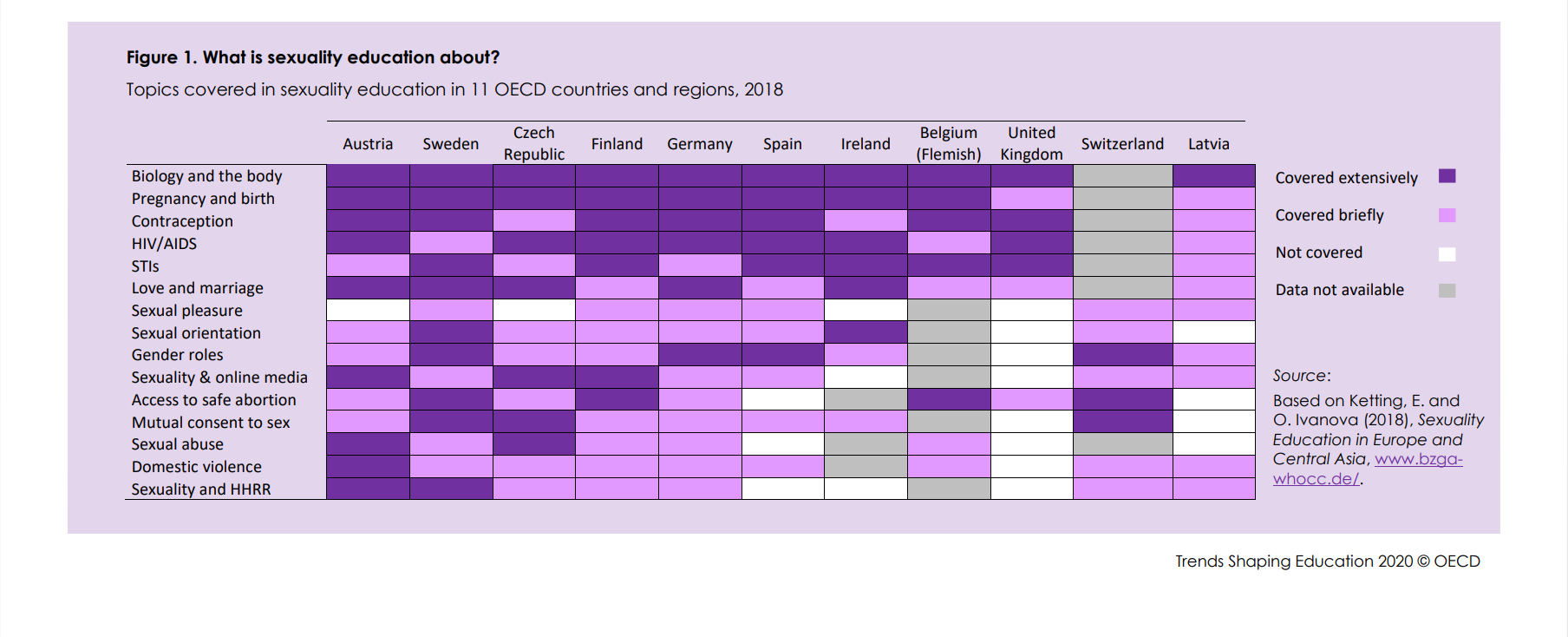
Figure 1 shows 11 OECD nations and their coverage of topics in sex education. A number of countries have extensive education on aspects of sexuality that New Zealand students want covered in our schools. All of the listed countries have lower fertility (birth) rates in the 15-17 age cohort than New Zealand does (according to data from the United Nations Population Division), pointing to a correlation between robust sex education and lower teen parent rates and New Zealand’s lack of sex education. Austria, Sweden, Czech Republic, Finland, Germany, Spain, Belgium, and the UK have also developed programs that result in the inclusion of LGBTQI issues, which have been embedded through-out the full curriculum or, at least, been compulsory for all students. Of these programs 21% are inclusive of sexual orientation, 63% of sexual orientation and gender identity and expression, and 16% have also included positive inclusive materials for variations in sex characteristics.
Comparing data from the United Nations Population Division, we can see how New Zealand’s teen pregnancy rate compares to that of 3 of the countries listed in Figure 1 – Finland and Ireland were selected due to their population count being similar to that of New Zealand’s, and Austria was selected as it has the most robust coverage of sex education topics.
Before the new implementation of the new sex education curriculum, there was a poor one that didn’t cover everything to do with relationship and sexuality education. A 2014-2015 study by the Ministry of Health (Author, U., 2020), revealed that “only 22% of schools reviewed were found to have a good curriculum.” Many of the relevant information needed to teach students missed many methods of contraception and what can be used as alternatives to condoms or with condoms.
With this new curriculum, it states that the school can teach sex education based on their curriculum or the local curriculum. This means that if it were a religious school or one that has different values regarding gender and sexuality, it can still miss what should be covered based on the Ministry of Health’s new curriculum.
Those students attending these schools may be taught abstinence if it is a conservative area and no real ways on prevention.
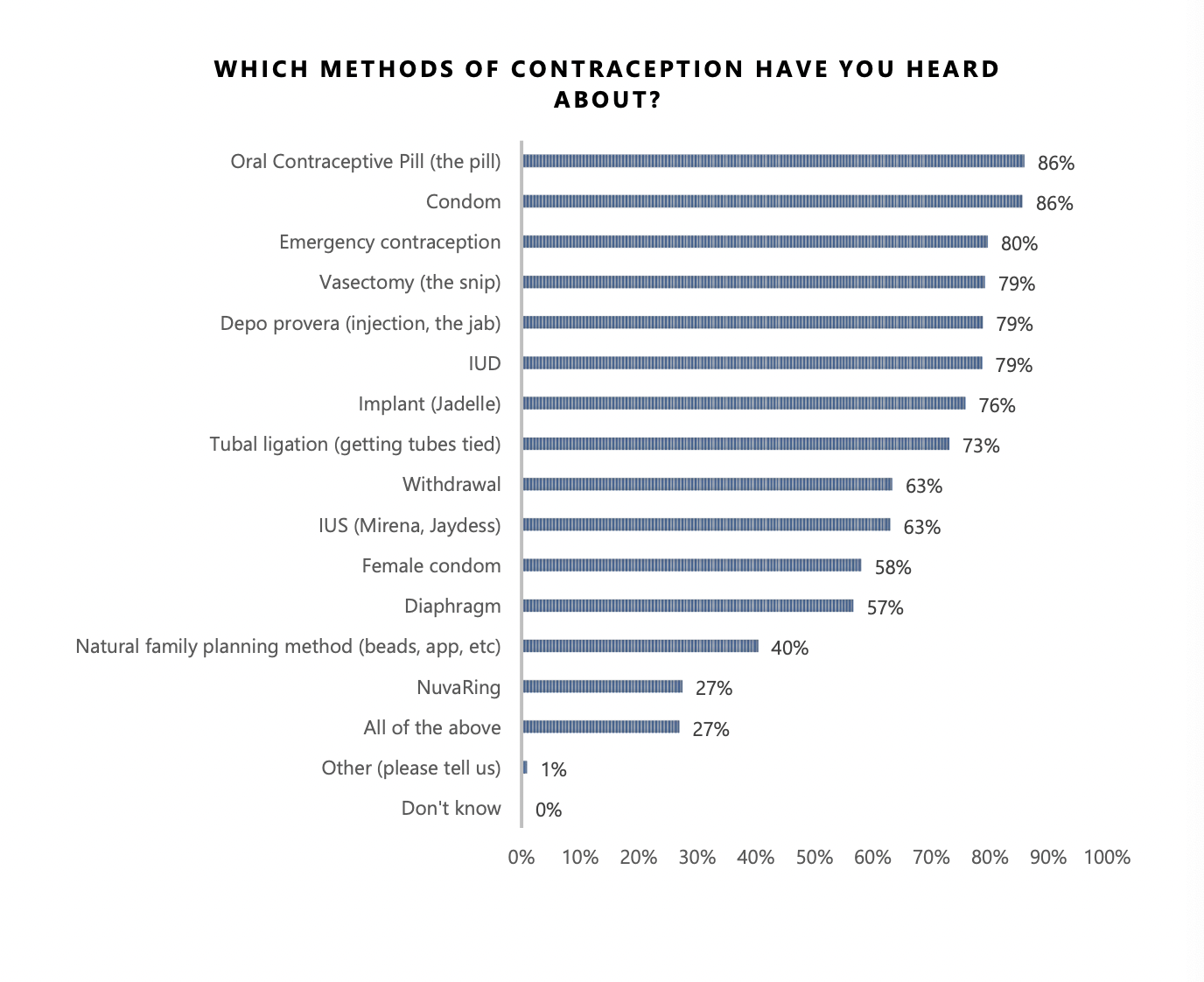
This graph from Family Planning (Author, U. 2020) revealed that only 27% of those who responded knew about all the contraceptive methods listed. This graph had 6,764 responses and the majority were people between the ages of 20-29 years (Author, U. 2020). Although there are no teenagers included, it would imply that those younger than the people who responded would have even less knowledge than those taking part in the survey.
Duncan, R., et al (2019) writes, “In NZ, only 24% of adolescents aged 12 to 19 report ever having had sex and of those 60% report always using contraception.”
Many of these contraception options are funded, but in order to receive them you need repeat appointments or check ups which cost money. For those who can’t get a community services card, these are more expensive and the doctor's appointment itself can be around $50. For family planning, it is free but the appointment slots are generally full and you need to wait a long time.
We conducted an interview with one of our group members who has experienced teen pregnancy in NZ. She was 18 at the time.
What was your experience with abortion services in NZ?
I found there was a huge lack of guidance or support - I wasn't sure what to do once I found out and then was essentially just told that I should book multiple appointments and show up.
What support services were available?
There were no follow-up calls or texts; they offered the option of one free counselling session but nothing more than that. There was essentially no extra care aside from what was absolutely necessary to have. Additionally, the hospitals that dealt with me were heavily understaffed which made the experience a bit overwhelming. I acknowledge that it isn't their fault that they're understaffed.
What support would you have liked to have?
I would have appreciated something as simple as a list with a step-by-step guide on what to do and who to call after my initial appointment. And then even someone calling me afterwards to ask if I'm ok.
How Teen Pregnancy is Depicted in Social Media and TV Shows
Teen pregnancy has been featured in a variety of television shows including the famous MTV reality show 16 and Pregnant. Many of these examples were filmed in the US. The purpose of this show was to decrease the rates of teen pregnancy. It did do this, decreasing rates by 5.7% (Harwood, L., 2014).
Those featured on 16 and Pregnant or Teen Mom often had a very dramatic pregnancy story. They often showed unrealistic qualities of teen pregnancy creating a stigma.
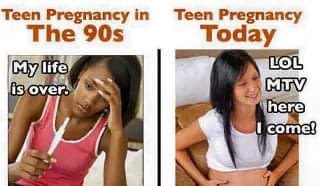
On social media, it is a phenomenon for teens who are pregnant to upload their stories on vlogs on their YouTube. An example of this features a YouTuber named Maddie who was pregnant at 13. She received over four million views on this video and has almost two million subscribers.
Many people commenting on this video talked about their own experience with teen pregnancy and how they had a lack of sex education.
Other teenage YouTubers post vlogs about their delivery experience and storytimes of how they got pregnant. Many who upload videos create an aesthetic of their lives while others are raw in their experience and mention how hard it can be.
Creating an aesthetic on social media of what teen pregnancy can look like is a way for other teenagers to feel encouraged to become pregnant at a young age without knowing what the risks involved are.

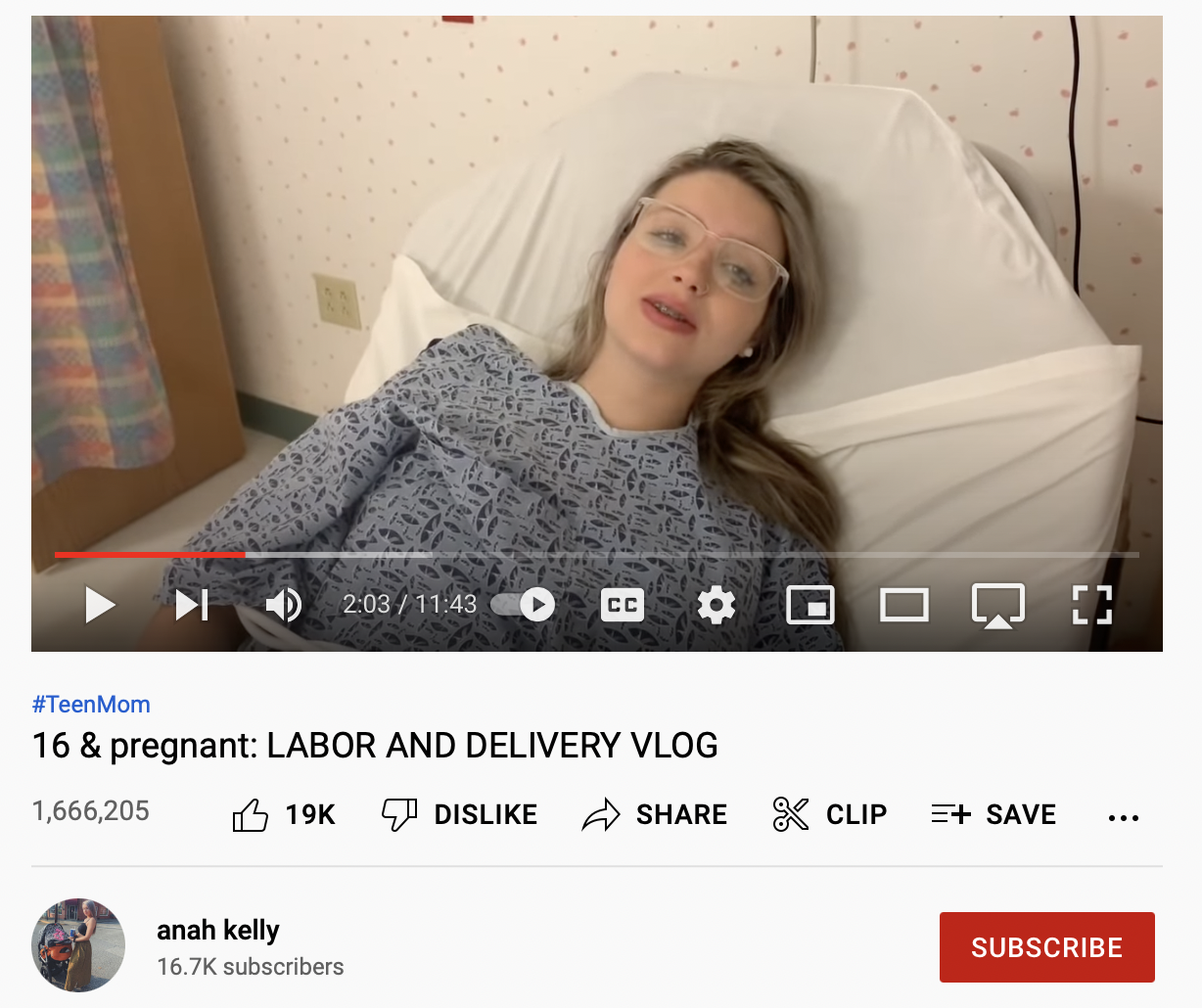
How to Prevent Teen Pregnancy?
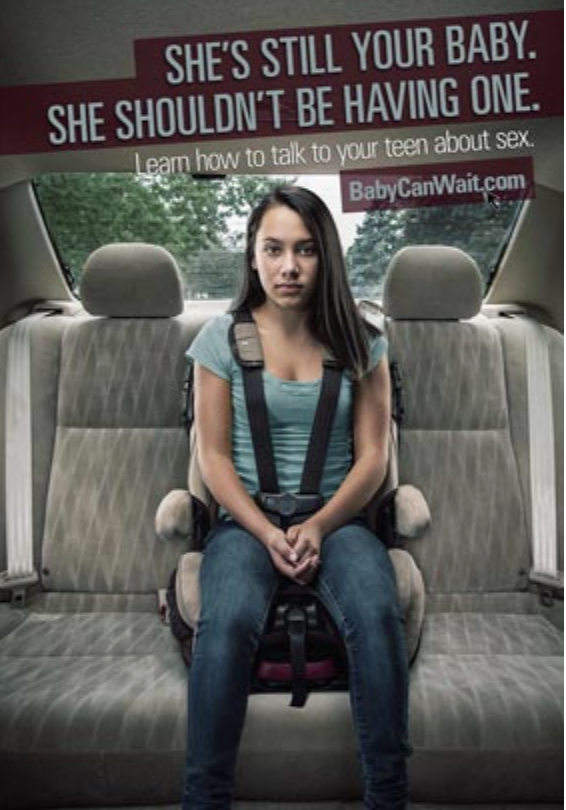
It is heavily engraved and enforced into our school health curriculum that sexual abstinence is the absolute most effective way to prevent pregnancy. However, this approach is not sustainable. The Ministry of Health NZ (2019) found that half the population have had sex by age 17. Therefore, rather than promoting a no sex equals no pregnancy approach, preventative programs can be imposed to modify the high-risk factors associated to teen pregnancy. For example, Comprehensive Sex-Education Programs discuss strategies other than abstinence as appropriate for those sexually active. These include conversations with teenagers regarding responsible sexual behaviour and contraception. ‘Baby Can Wait’ is a website that assists parents by providing a Let's Talk Toolkit, to direct parents in how to have open conversations with their teens about sex and sexual relations.

Photo by Kevin Wang on Unsplash
How Can We Support Teen Mothers?
There is a social stigma surrounding teen pregnancy that deems that both the mother and baby’s quality of life will be compromised. This expectation is greatly shared in the media by terrorising advertisements and short films with the intent of preventing individuals from getting pregnant initially. However, no one thinks about the repercussion this has on existing teen mothers. The media portrays these individuals as a burden, considering their lives “over”. The construction and repetition of this ideology within society could be partially responsible for the staggering statistics we see from both teen mothers and their child’s well-being - when you are framed in a certain way, you often start to believe it, and act on it. Therefore, it is critical that support is given to teen mothers not just from health professionals but also the larger community. This can be achieved through reconstructing the social stigma attached to teen mothers, and promote positive parent-child relationships rather than portraying them as a burden; in both the community and media.

Photo by Kevin Wang on Unsplash
Resources cited:
Anah, K., 2020. 16 & pregnant: LABOR AND DELIVERY VLOG. [video] Available at: <https://www.youtube.com/watch?v=JoJTKQOTedw&t=123s> [Accessed 22 September 2022].
AS-SANIE, S., GANTT, A. and ROSENTHAL, M., 2022. Pregnancy Prevention in Adolescents. [online] Aafp.org. Available at: <https://www.aafp.org/pubs/afp/issues/2004/1015/p1517.html> [Accessed 22 September 2022].
Author, U., 2020. Contraception Use Survey 2020. [online] Familyplanning.org.nz. Available at: <https://www.familyplanning.org.nz/media/304436/contraception-use-survey-2020_final.pdf> [Accessed 22 September 2022].
Carl Walrond, 'Teenagers and youth - Teenage sexuality', Te Ara - the Encyclopedia of New Zealand, http://www.TeAra.govt.nz/en/teenagers-and-youth/page-3 (accessed 20 September 2022)
Centre for Educational Research and Innovation - CERI, 2020. Trends Shaping Education, s.l.: OECD.
Crane, R., 1971. ‘Fighting Teen Pregnancy: Portrait of a Radical High School Program, 1971’. Available at:https://www.life.com/history/teen-pregnancy-high-school-1971/ [accessed 20 September 2022]
Department of Economic and Social Affairs, Population Division, 2022. World Population Prospects, s.l.: United Nations.
Duncan, R., Anderson, L. and Pickering, N., 2019. Closing the Gap between Need and Uptake: a Case for Proactive Contraception Provision to Adolescents. Asian Bioethics Review, 11(1), pp.95-109.
Harwood, L., 2014. UA Researcher Finds Negative Impact of MTV Show '16 and Pregnant'. [online] University of Arizona News. Available at: <https://news.arizona.edu/story/ua-researcher-finds-negative-impact-of-mtv-show-16-and-pregnant> [Accessed 22 September 2022].
https://www.life.com/history/teen-pregnancy-high-school-1971/ Ralph Crane The LIFE Picture Collection/Shutterstock. Fighting Teen Pregnancy: Portrait of a Radical High School Program, 1971 -
https://www.nzherald.co.nz/kahu/life-as-a-teen-mum-incredibly-tough-but-with-positive-outcomes/6FLVHB3OUNT6A6LK5AXNHNVMZQ/ [accessed 20 September 2022]
Johnston, K., 2017. ‘Life as a teen mum: 'Incredibly tough' but with 'positive' outcomes’. Available at:
Lambert, M., 2022. pregnant at 13: my story *updated + details i've never told before*. [image] Available at: <https://www.youtube.com/watch?v=1tNdz5Id4M8&t=180s> [Accessed 22 September 2022].
Life as a teen mum: 'Incredibly tough' but with 'positive' outcomes \By Kirsty Johnston
Louisa Allen, 'Sexualities - Sexuality education', Te Ara - the Encyclopedia of New Zealand, http://www.TeAra.govt.nz/en/sexualities/page-3 (accessed 22 September 2022)
Michals, D,. 1985. Time: Teenage Pregnancy. Available at: http://content.time.com/time/covers/0,16641,19851209,00.html [accessed 20 September 2022]
Ministry of Health NZ. 2022. First Heterosexual Sex: Findings from the 2014/15 New Zealand Health Survey. [online] Available at: <https://www.health.govt.nz/publication/first-heterosexual-sex-findings-2014-15-new-zealand-health-survey> [Accessed 22 September 2022].
Orangutan Mariki,. 2019. TEEN PARENTS EVIDENCE BRIEF. Available at:https://orangatamariki.govt.nz/assets/Uploads/About-us/Research/Latest-research/Teen-Parents-Evidence-Brief/Teen-Parents-Evidence-Brief-2019.pdf [accessed 20 September 2022]
Story by Louisa Allen, published 5 May 2011, reviewed & revised 17 Jul 2018
The Education Review Office, 2018. Promoting Wellbeing Through Sexuality Education, Wellington: New Zealand Government.
Walker, A., 2022. Comment on Maddie Walker's YouTube Video. [image] Available at: <https://www.youtube.com/watch?v=1tNdz5Id4M8&t=180s> [Accessed 22 September 2022].
Walrond, C., 2011. 'Teenagers and youth - Teenage sexuality', Te Ara - the Encyclopedia of New Zealand, Available at:http://www.TeAra.govt.nz/en/teenagers-and-youth/page-3 [accessed 20 September 2022]
Youtube.com. 2022. MTV's 'Teen Mom' documentary Trailer. [online] Available at: <https://www.youtube.com/watch?v=LEjiM0sESus> [Accessed 22 September 2022].